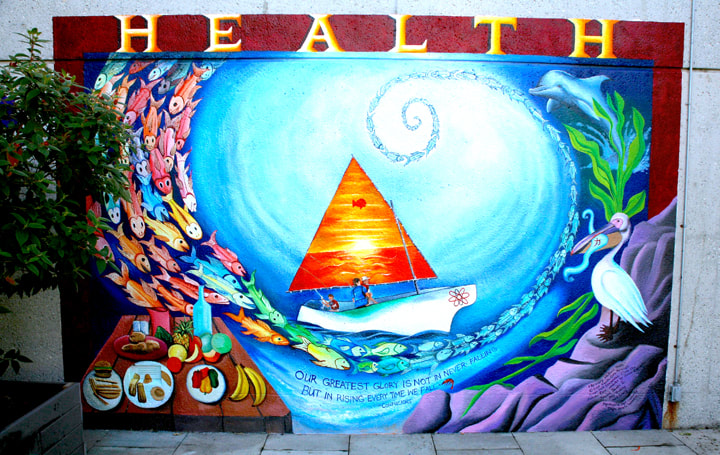- Home
- About
- Education
- Tours
-
Mural Arts
- Events
-
Newsletter
- Hope for the World Cure Newsletter
- Hope for the World Cure Deface
- Laguna Honda Hospital Mural-7-20
- NEW MURAL AT USF
- SF General NURSES
- SF General NURSES-Spanish
- Conversation
- Susan and Luz Cervantes Video
- Community Spirit & Legacy of Precita Eyes-Video
- Precita Eyes in the News
- Laguna Honda Hospital Mural
- Store
- Contact
- Home
- About
- Education
- Tours
-
Mural Arts
- Events
-
Newsletter
- Hope for the World Cure Newsletter
- Hope for the World Cure Deface
- Laguna Honda Hospital Mural-7-20
- NEW MURAL AT USF
- SF General NURSES
- SF General NURSES-Spanish
- Conversation
- Susan and Luz Cervantes Video
- Community Spirit & Legacy of Precita Eyes-Video
- Precita Eyes in the News
- Laguna Honda Hospital Mural
- Store
- Contact




